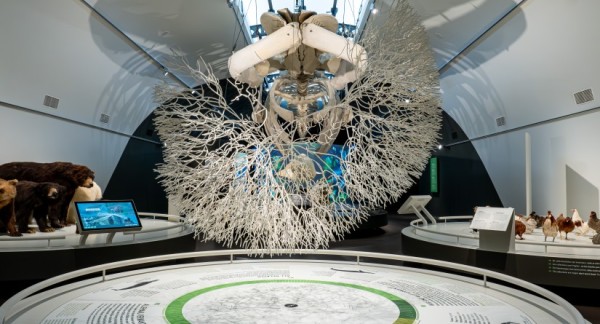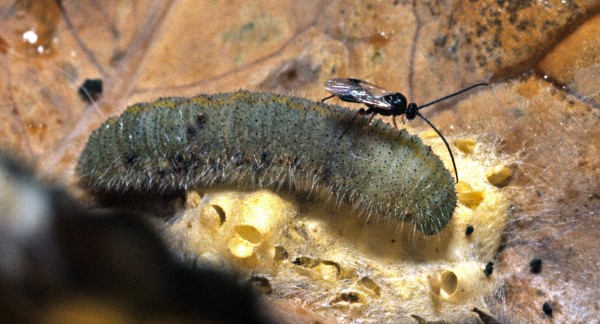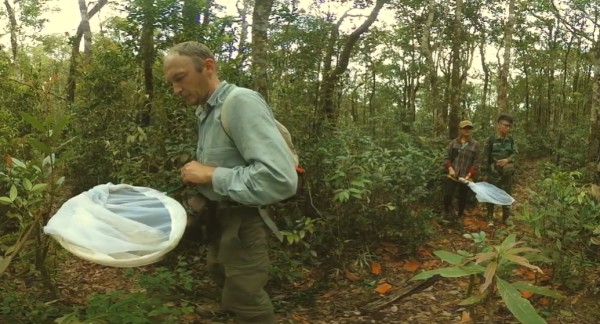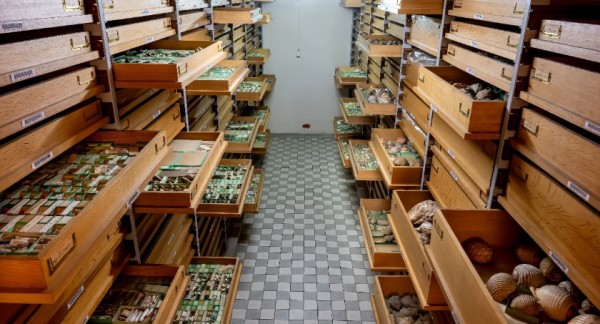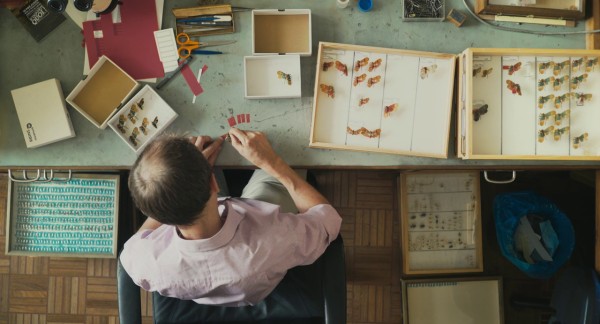Taxonomy: What, Why, and How?
What if I told you that the science of naming and classifying life—taxonomy—is one of the most powerful tools we have for understanding and protecting our planet? From the medicines we take to the food we eat, taxonomy touches nearly every aspect of our lives. But how does it work, and why does it matter? We are taking you on a journey through the fascinating world of taxonomy!
We’ll start by traveling back in time to explore its historical roots, from Aristotle’s early attempts to classify life to Linnaeus’ revolutionary system that still shapes science today. We’ll see how taxonomy impacts our daily lives—from the medicines we rely on to the food we eat—and why it’s essential for tackling global challenges like habitat loss and climate change. You will find answers to questions like how do scientists uncover new species? Traveling from the dense rainforests of Vietnam to the sandy beaches of Belgium, we’ll follow the trail of discovery, where fieldwork meets cutting-edge genetic analysis. Another question we will answer is what happens after a new species is found? Enter the world of natural history collections, where millions of specimens—from pressed plants to preserved animals—are carefully catalogued and stored as a living record of biodiversity. Learn about how technology is transforming the field, how genomics are revealing hidden species and how 3D imaging is bringing specimens back to life. The best part? You don’t need a lab coat to contribute. Through citizen science, anyone can help to document biodiversity, whether it’s by identifying insects in your backyard or by joining global projects to track invasive species. Ready to explore the science that connects us all? Let’s begin!
